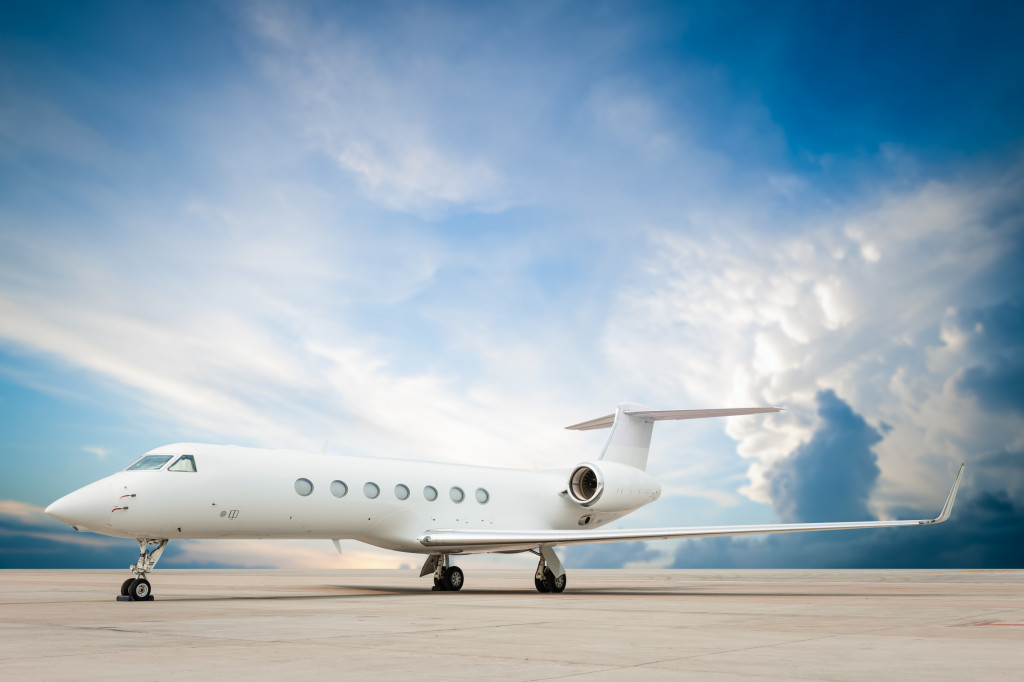The aviation industry has come a long way since the Wright brothers took their first flight in 1903. In the intervening years, we’ve seen incredible technological advancements that have made air travel faster, more accessible, and more efficient. For example, the introduction of jet engines in the 1950s revolutionized air travel, making it possible to cross oceans and continents in hours.
In recent years, we’ve seen the introduction of new technologies that are once again changing the face of aviation. This blog post will take a look at six of the most critical technologies that have reshaped the industry.
1. Air Traffic Control Systems
Air traffic control systems are responsible for safely managing the flow of aircraft in and out of an airport. These systems make use of the radar, communications, and computer technologies to monitor aircraft movements and direct them accordingly. Without air traffic control systems, airports would be in complete chaos!
Before the existence of these systems, aircraft were often required to maintain radio communication with ground control to receive instructions on where to go. This system was not very efficient, as it resulted in a lot of wasted time and effort. With the introduction of air traffic control systems, aircraft can now fly more independently, dramatically increasing air travel efficiency.
As a result, airports can handle a more significant number of aircraft, and flights are generally more on time. These remote systems have become an essential part of modern aviation and continue to evolve as the industry grows.
2. Automatic Dependent Surveillance-Broadcast (ADS-B)
ADS-B is a technology that allows aircraft to automatically share their position with air traffic controllers on the ground. This information is then used to help manage traffic flows and improve safety. ADS-B has been mandatory in the United States since 2020, and it’s expected that other countries will follow suit in the coming years.
This system gives pilots and controllers a more accurate picture of where aircraft are at all times. This is especially useful in areas with a lot of air traffic, such as airports. In the past, controllers would have to rely on radar to track aircraft, which was not always accurate. With ADS-B, they can be sure that they know precisely where each plane is, which makes it much easier to keep track of everything.
This technology has already had a major impact on the aviation industry, and it will only become more important in the years to come.
3. Active Vibration Damping
Barry Controls is a leading manufacturer of active vibration damping systems, which are used to reduce the amount of vibration in an aircraft. These systems use sensors to detect vibration, and then they activate counter-vibrators to cancel it out. This results in a much smoother ride for passengers, and it also helps reduce wear and tear on the aircraft.
Vibration is a major problem for aircraft, as it can cause passengers discomfort and damage the plane itself. By damping down these vibrations, we can make air travel more pleasant and improve aircraft safety. This technology is already being used in different aircraft and is expected to become more common.
As aircraft continue to get larger and heavier, vibration is likely to become an even bigger problem. Active vibration-damping systems will be essential for managing this issue and keeping passengers comfortable.

4. Fly-By-Wire Systems
Fly-by-wire systems are electronic systems that replace traditional mechanical controls in aircraft. These systems use computers to interpret inputs from the pilot and then translate them into commands for the aircraft’s control surfaces. Fly-by-wire systems provide many advantages over traditional mechanical controls, including reduced weight, improved reliability, and increased fuel efficiency.
For instance, many large passenger planes worldwide would not be possible without fly-by-wire technology, as its size and weight would make traditional controls unusable. Fly-by-wire systems have also been used in military aircraft, such as the F-22 Raptor and the B-2 Spirit.
In the future, fly-by-wire systems will likely become even more common as they offer several advantages over traditional mechanical controls.
5. Glass Cockpits
A glass cockpit is an aircraft cockpit that features large displays instead of traditional analog instruments. This allows pilots to have all the information they need at a glance, which can be invaluable in critical situations. Glass cockpits are now standard in nearly all commercial aircraft.
Before glass cockpits became common, pilots had to constantly refer to various instruments to know how the aircraft was performing. This could be distracting and time-consuming, especially in emergencies. With a glass cockpit, all the information is right in front of the pilot, making it much easier to keep track of everything.
Glass cockpits are now the standard in commercial aircraft and are gradually becoming more common in general aviation. As cockpit technology improves, glass cockpits will likely become even more widespread.
6. Turbofan Engines
Turbofan engines are one of the most significant advances in aviation history. These engines are much more efficient than older piston engines and produce significantly less noise and vibration. Turbofan engines are now used exclusively on commercial jet aircraft.
In the early days, jet engines were incredibly loud and could be heard from miles away. They were also relatively inefficient, burning much fuel without producing much thrust. Turbofan engines solved these problems by adding a fan to the front of the engine, which helped to improve both fuel efficiency and noise levels.
Turbofan engines have made jet travel much more affordable and have allowed aircraft to fly faster and higher than ever before. They are now the standard for commercial jet engines, and it is unlikely that this will change anytime soon.
The aviation industry has seen incredible advancements over the years thanks to innovative new technologies. These new technologies have helped make air travel safer and more efficient than ever before, from air traffic control systems to turbofan engines. As we move into the future, it’s exciting to think about what new technologies might be on the horizon for aviation.


